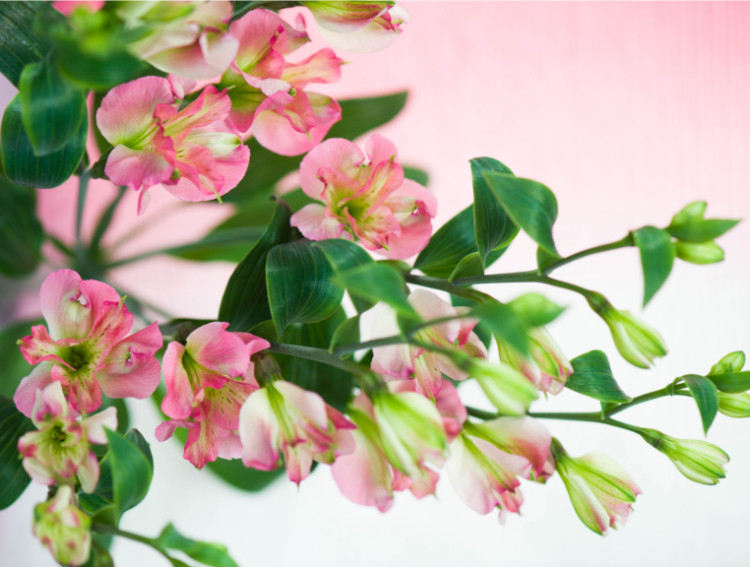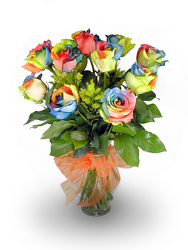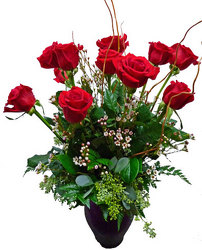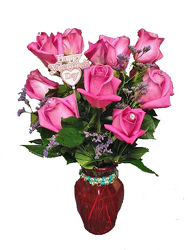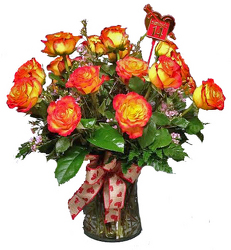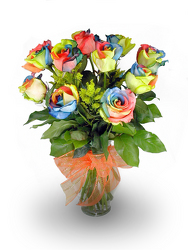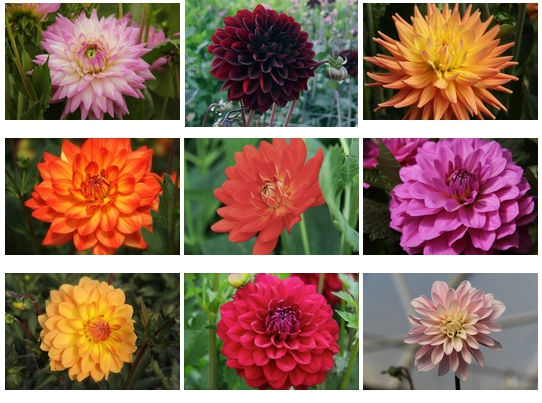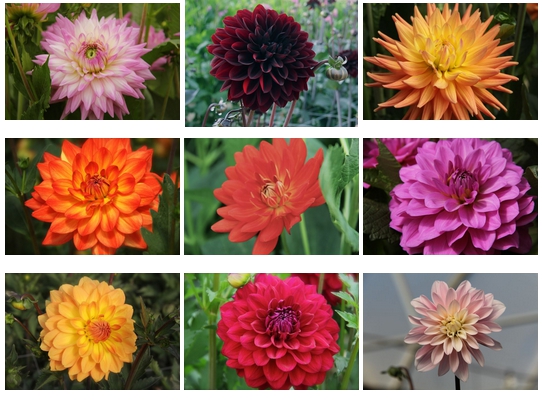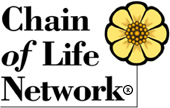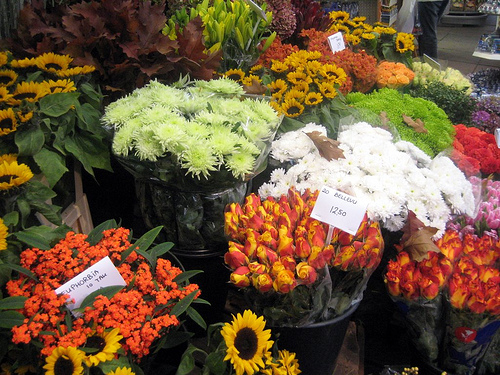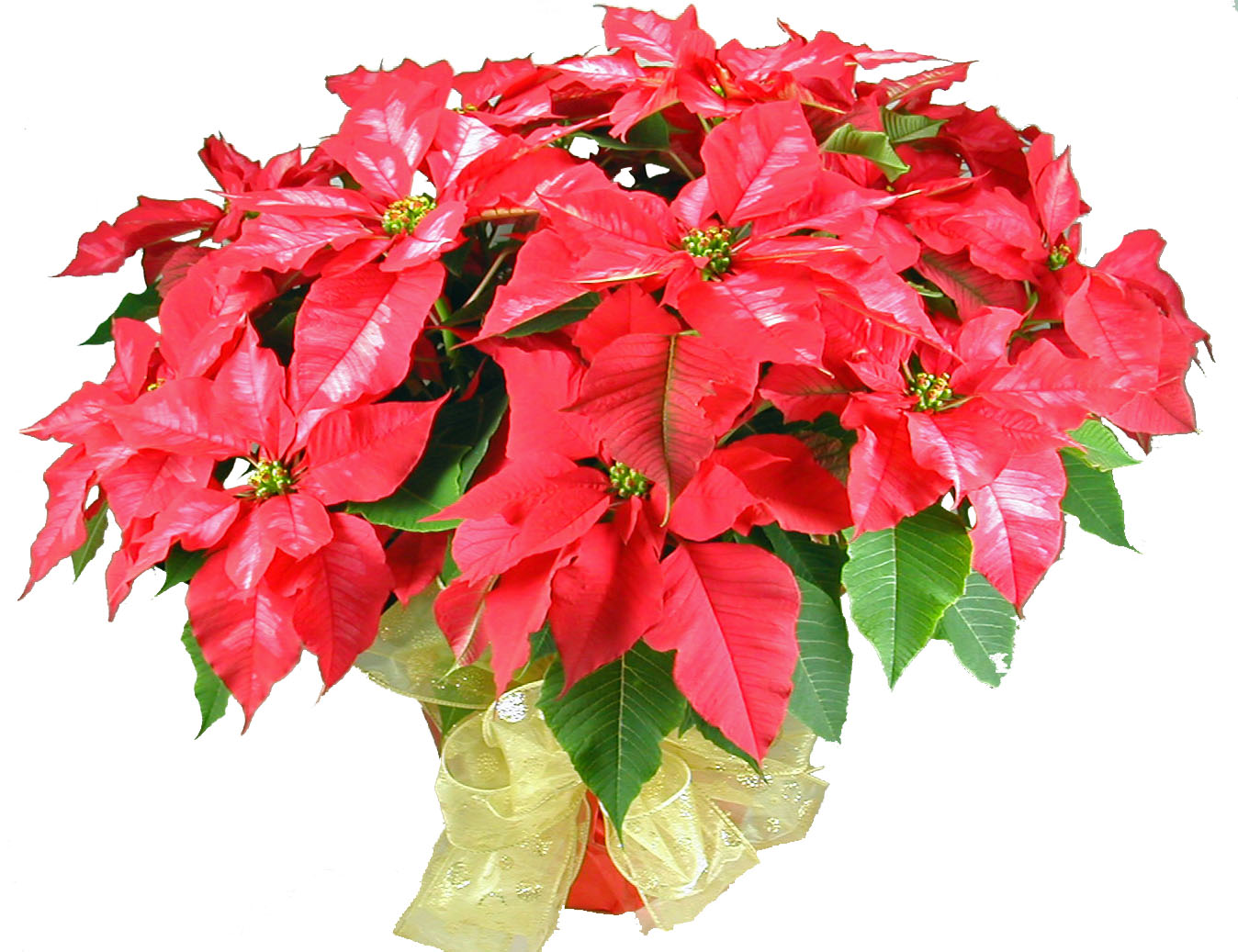Last week I attended the PRO Institute in Davis, CA on the care and handling of cut flowers and plants, presented by Dr George Staby, one of the foremost authorities in the history of post harvest care of cut flowers and plants along Dr Michael Reid, who is also a world renowned flower care expert.
About a month or two ago George called me up and said he was retirirng and giving what could possible be his last major presentation and invited me to come. I said I’d think about it. He said you HAVE to come. Quickly regaining my thoughts and realizing how much I owed George for the path I took in the floral industry I booked a plane ticket and signed up.
I’m not sure where or what I might be doing today if it wasn’t for George Staby. After getting out of college in the late seventies with a major in music I ended up working in one of my dad’s three flower shops. I hated it. Flowers just wasn’t for me. Since I was very culturally inclined I took off to live in the cultural capital of the world- New York City.
Quickly needing a job I ended working in a flower shop, something I knew a little something about. After settling into the job I found flowers could be fun, especially in New York, with flowers coming in from around the world. Unlike my dad’s shop in which most of the arrangements were funeral designs I was making arrangements for broadway openings, society dinners, opera performances, photography shoots, not to mention making arrangements for famous people. It was, shall we say…cool. It was also a very expensive town to live on a flower designers salary.
Not wanting to live like a starving artist, I packed up my bags and moved back to TN, but not for long. With the taste of the big city life I decided to try another culturally craved town-San Francisco. Loved working with flowers in San Francisco and in my mind San Francisco is one of the most beautiful cities in the world. Then, disaster strikes!
I ended up losing all my hearing.. Some days I could hear, others I couldn’t. Ironically, the world’s leading ear doctor for my problem was in Memphis and I needed immediate ear surgery. I had a one in four chance that if the surgery wasn’t successful I would be deaf the rest of my life. Luckly, it was successful.
There was a year of recuperation and doctor visits. Not idea from going back and forth from the west coast to Memphis. So… back to living in TN.
After several months of recovering I got back into working in my dad’s flower shop in Clinton. Having seen all the wonderful flowers from around the world in New York and San Francisco I decided I wanted to try to bring some these wonderful blooms to Clinton. I started importing flowers from around the world, when importing flowers from countries other than South America, was in its infant stage. My cooler at one time had over 50 different varieties of flowers. It was paradise. Except they didn’t last very long, sometimes they didn’t even make it through shipment. Customers loved the flowers, but complained about vase life. This wasn’t working.
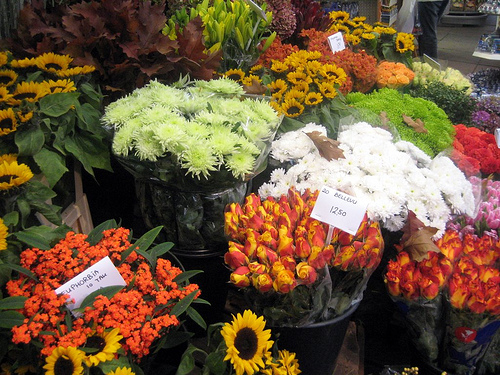
My next thought was to carry only flowers that lasted a week. This was in the mid 1980’s when flowers that lasted 5 days was considered great. I had a huge challenge ahead of me. Where do I begin? About this time the Society of American Florists (SAF) came out with a groundbreaking manual called the Flower & Plant Care Manual-A Contemporary Approach by Dr George Staby.
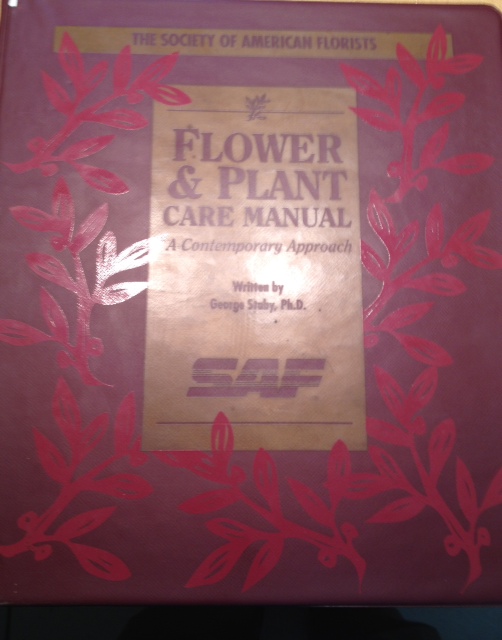
This manual and its author literally changed my life.
Next, how George Staby’s passion for flower care changed my life and the floral industry for years to come and why they’ll probably never be another one like him.



